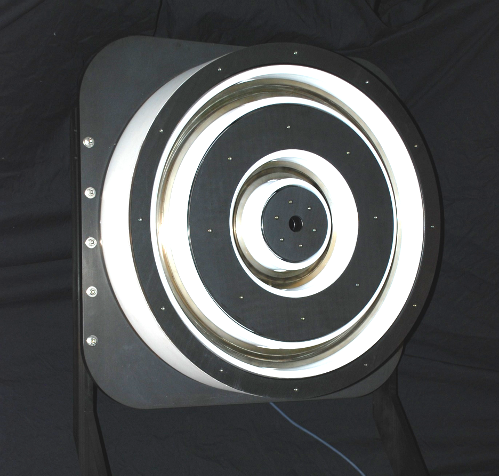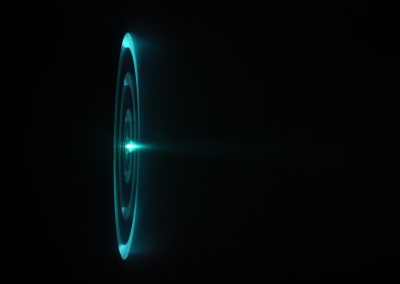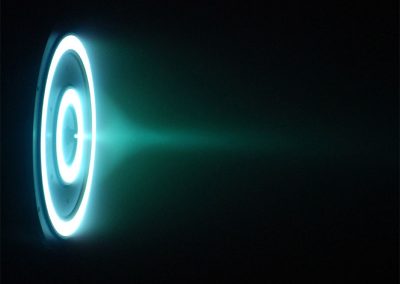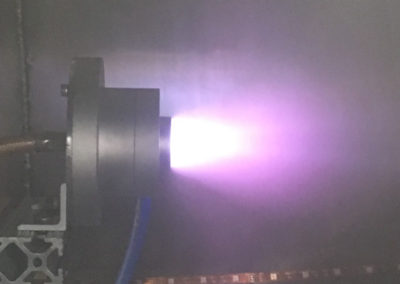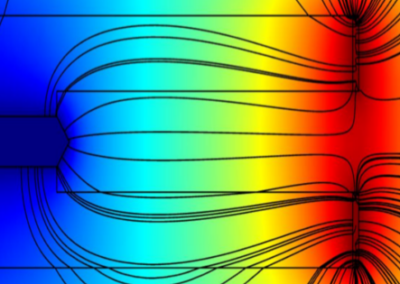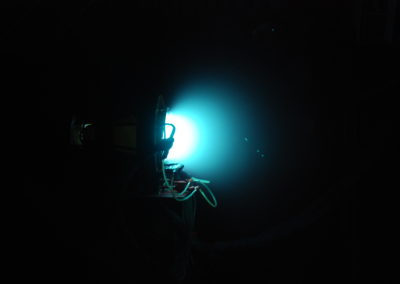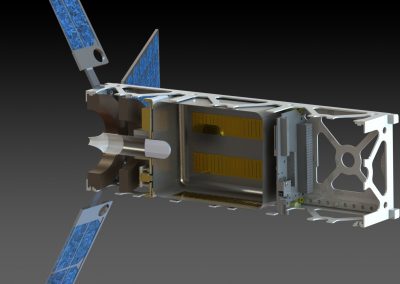Research Area
Advanced Electric Propulsion Concepts
All currently-flown EP systems are restricted to power levels between 100 W and 10 kW. Developing lower-power systems in the 10-W-or-lower-class would dramatically increase the range of missions available to universities or other low-budget operators by increasing the orbit-raising capabilities, thruster lifetime, and maneuverability of smallsats while increasing payload mass. Higher-power systems in the 100-kW class would increase the maneuverability of large satellites and enable crewed and cargo missions to Mars and beyond.
Nearly all extant thruster types rely on Xenon for propellant. Xenon has a number of attractive properties, including low ionization cost and low reactivity, but its high cost and rarity makes testing and flying EP systems more expensive. Thrusters that could make use of alternative, less-ideal propellants like water and nitrogen would make missions much cheaper and would open the door to in-situ resource utilization (ISRU), as these propellants are common throughout the solar system. ISRU would enable a wide array of mission architectures not currently flown and expand the reach of EP to new destinations within the solar system.

